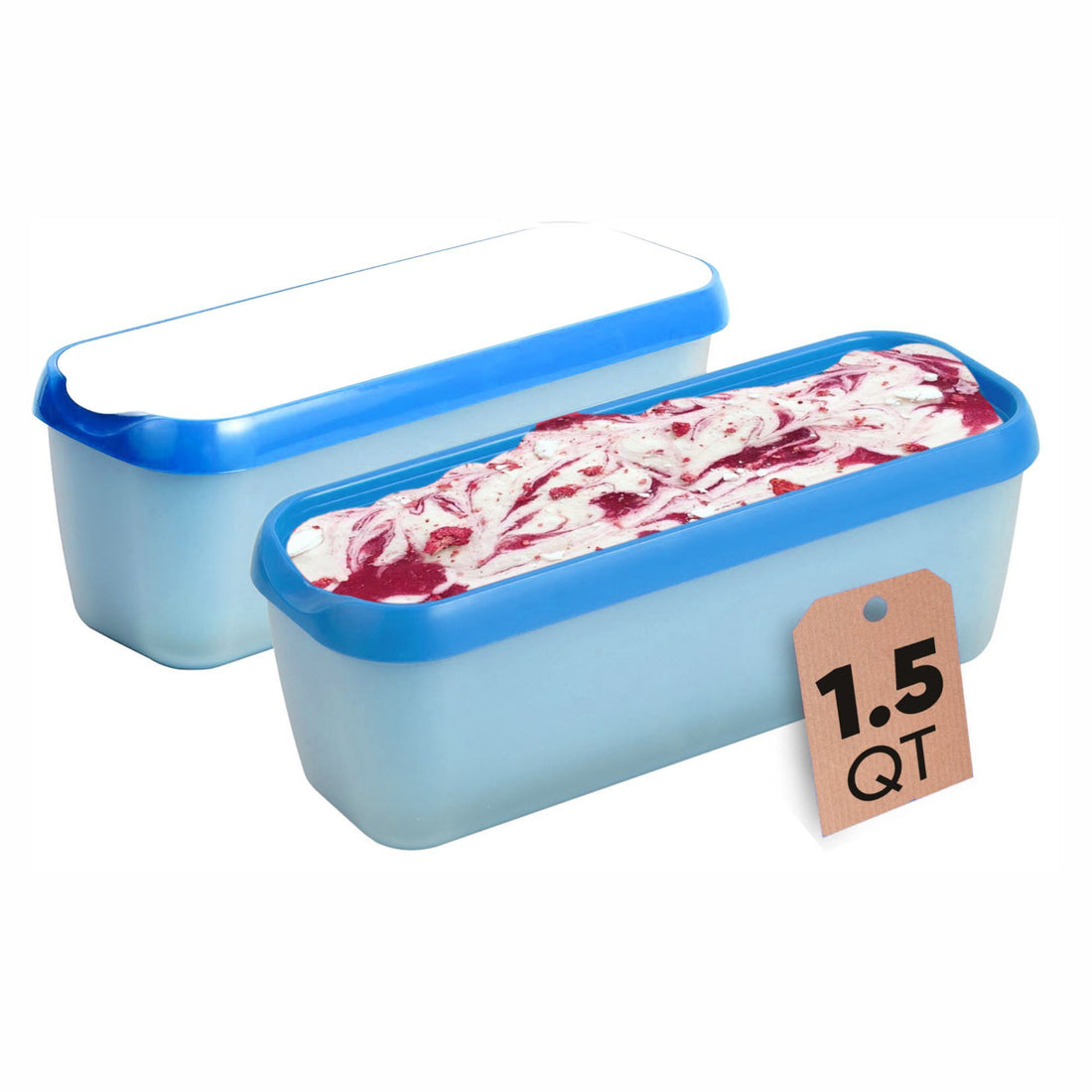Whether you're delivering ice cream, bringing homemade treats to a party, or transporting a store-bought pint, keeping ice cream from melting during transit can be challenging. Ice cream is highly sensitive to temperature changes, but with the right preparation, you can ensure it stays frozen and intact until you arrive. Here are some practical tips to stop ice cream from melting in transit.
1. Start with a Cold Foundation
Before transporting ice cream, ensure it’s frozen solid. Placing it in the freezer for a few hours before leaving will help it maintain its frozen state during transit. Soft or partially melted ice cream will lose its texture and refreeze poorly, resulting in freezer burn or crystallization.
2. Use an Insulated Cooler
An insulated cooler is your best defense against heat. Coolers help maintain cold temperatures, slowing down the melting process. For added effectiveness:
- Pre-chill the cooler: Place ice packs inside the cooler an hour or two before use, so it starts cold.
- Layer your ice cream: Keep the ice cream at the bottom of the cooler, surrounded by frozen items or additional ice packs to maintain temperature.
3. Add Dry Ice for Extended Travel
For longer trips, dry ice is an excellent option for keeping ice cream completely frozen. It can maintain a subzero temperature, ensuring your ice cream stays frozen for hours. To safely use dry ice:
- Handle with care: Wear gloves to prevent frostbite.
- Ventilation: Ensure the cooler is partially vented, as dry ice releases carbon dioxide as it sublimates.
Be mindful that dry ice is not necessary for short distances, but it’s highly effective for extended journeys.
4. Ice Packs: A Convenient Option
If dry ice isn’t available, regular ice packs are a more accessible alternative. Gel-based ice packs or reusable freezer blocks work well to keep ice cream cold for a shorter duration. Be sure to:
- Surround the ice cream with packs: Place ice packs above and below the ice cream for even cooling.
- Use enough packs: The more ice packs you include, the longer the ice cream will stay frozen.
5. Minimize Exposure to Warm Air
Each time you open the cooler, warm air enters, speeding up the melting process. Limit how often you open the cooler to keep the cold air inside. When packing, place the ice cream in last and avoid leaving it out in warm air for long before packing it away.
6. Transport Quickly and Efficiently
Time is crucial when transporting ice cream. Plan your route and make sure you go straight from point A to point B without unnecessary delays. The longer ice cream stays in transit, the higher the chance it will melt.
Stopping ice cream from melting in transit requires preparation, the right equipment, and quick transportation. Using insulated coolers, dry ice, or ice packs can help ensure your ice cream stays perfectly frozen. By minimizing exposure to warm air and keeping the cooler tightly sealed, you can enjoy your ice cream just as you intended—deliciously frozen!





